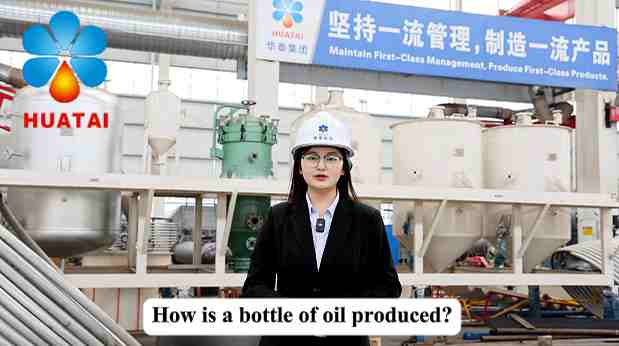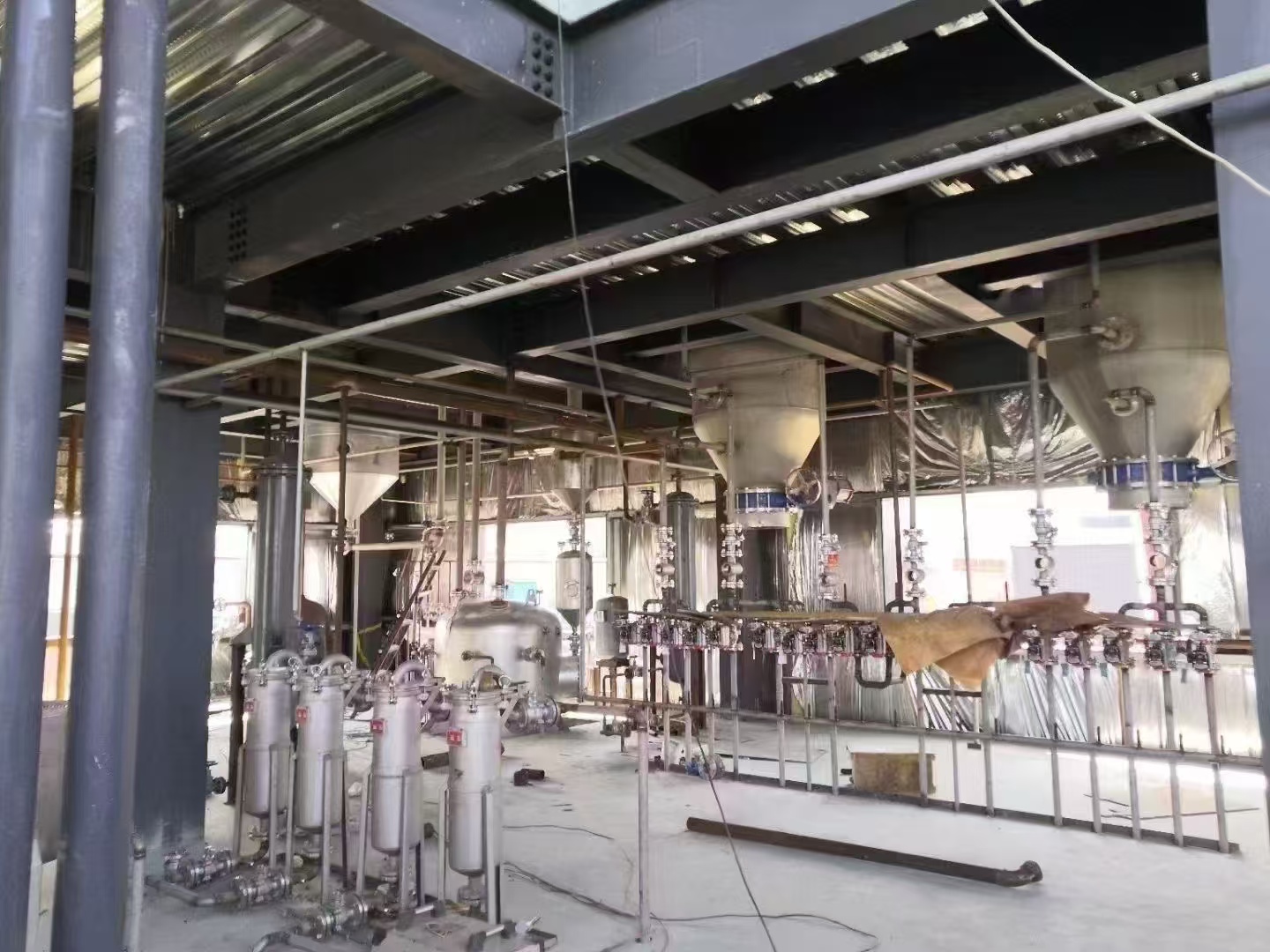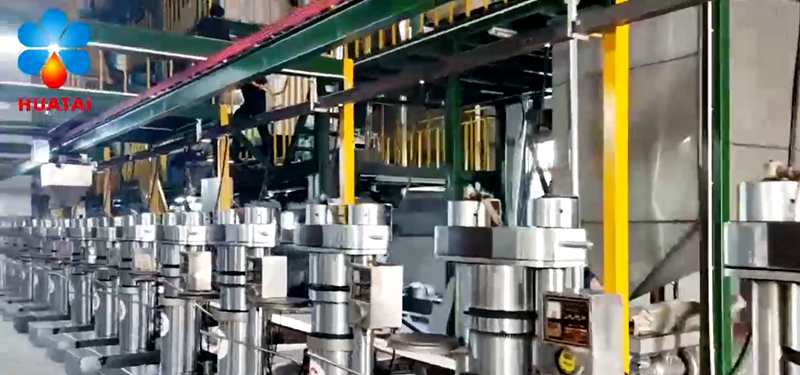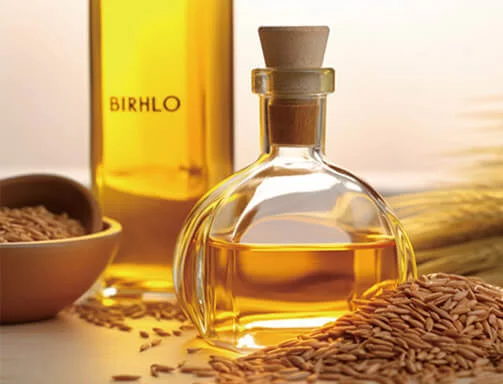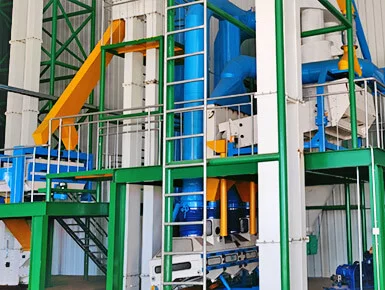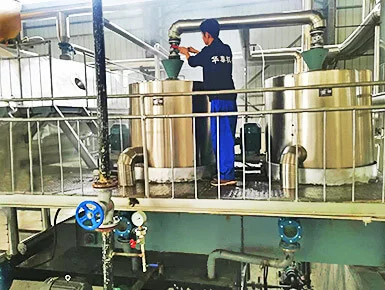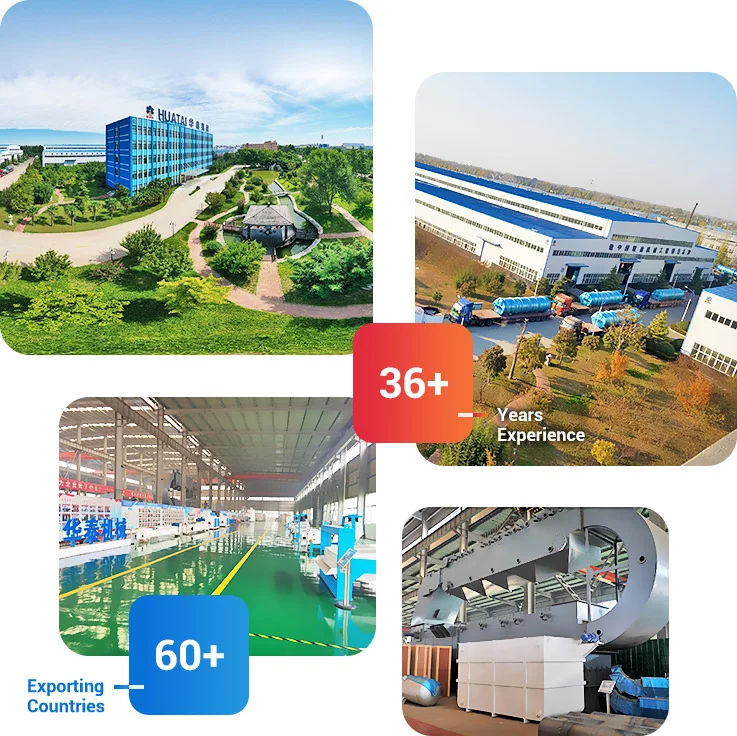
Currently, walnut oil on the market is mainly produced using three processes: cold pressing, hot pressing, and supercritical fluid extraction. Each method has its advantages and disadvantages in terms of oil yield, nutrient retention, and flavor, catering to different consumer needs.
1. Cold Pressing: The King of Nutrient Retention, the First Choice for Families and the High-End Market
Cold pressing is currently the most mainstream high-quality
walnut oil production process. Its core principle is "low temperature and low consumption," with the temperature controlled within 60-70℃ throughout the process to maximize the retention of active ingredients. While the process seems simple, each step is actually quite meticulous:
- Raw material pretreatment is key: First, the brown seed coat of the walnut kernels must be removed manually or mechanically—this step is essential; otherwise, tannins will make the oil astringent and will absorb oil, leading to a 5%-8% decrease in oil yield. Before peeling, quickly blanch the walnuts in 90℃ hot water for 10 seconds to make the seed coat easier to remove. Then, dry the walnut kernels at a low temperature to a moisture content of 6%-8%. Too high a moisture content will cause the material to clump together during oil extraction, while too low a moisture content will make it difficult for the oil to separate.
- The pressing process should be gradual: Use a screw press, preheat to about 60℃, then feed at a uniform rate (1-2 kg/min for home use, 10-15 kg/min for industrial use), gradually increasing the pressure to 35-40 MPa. Sudden high pressure will cause a rapid rise in local temperature, which will destroy nutrients; a gradual process ensures both oil yield and quality.
- Finished product characteristics: Cold-pressed walnut oil is pale yellow or pale green, with a fresh walnut aroma. The retention rate of active ingredients such as α-linolenic acid is over 92%, and it can be consumed directly without refining. Home cold pressing yields approximately 55%-60% oil, while industrial-grade cold pressing, through microwave pretreatment (4 times more efficient than traditional drying), can increase this to 58%-62%.

2. Hot-pressing: Rich flavor but reduced nutritional value, suitable for specific occasions
Hot-pressing is a continuation of traditional oil pressing, with a process similar to cold pressing, but the walnut kernels are heated to 110-120℃ during pretreatment. The high temperature makes the cell walls of the walnut kernels easier to break, resulting in a 3%-5% higher oil yield than cold pressing. It also enhances the roasted flavor of the walnuts, making the oil more fragrant.
However, hot pressing also has significant drawbacks: high temperatures cause a loss of over 30% of unsaturated fatty acids such as alpha-linolenic acid, and a large amount of active substances such as vitamin E are also lost. Harmful substances such as acrylamide may also be produced during the heating process, requiring subsequent refining to remove them, further reducing the nutritional content. Currently, hot-pressed walnut oil is mostly used for seasoning in the catering industry or circulated as a low- to mid-range product; it is not recommended as a daily nutritional supplement.
3. Supercritical CO₂ Extraction: The "Quality Ceiling" Empowered by Technology
If cold pressing is a "refined process," then supercritical CO₂ extraction is a "technological black box." This process eliminates the need for pressing, utilizing the supercritical state of CO₂ under high pressure (possessing both gas and liquid properties) as a solvent to extract the oil from walnut kernels.
Its advantages are unparalleled: the oil yield is as high as 63%-65%, the highest among the three processes; the entire process is carried out at 40-45℃ and 30-35MPa, with no high temperatures or solvent residue, and an α-linolenic acid retention rate of over 95%, resulting in extremely high oil clarity, making it synonymous with "premium walnut oil." However, its disadvantages are also significant—the equipment investment cost is more than 10 times that of cold pressing, and the production cost per ton of oil is high. Currently, it is only used in niche markets such as high-end maternal and infant walnut oil and medical walnut oil, making it difficult for ordinary consumers to access.

Practical Guide: How to Choose, Store, and Consume Walnut Oil Correctly
Understanding the differences in pressing methods is important, but mastering practical techniques is also crucial to maximizing the value of walnut oil. Huatai Group is a leading manufacturer, supplier & exporter of walnut oil pressing, refining machine. Welcome to visit our company for business cooperation.
![]() Service Coverage
Service Coverage
![]() FAQ
FAQ

 Currently, walnut oil on the market is mainly produced using three processes: cold pressing, hot pressing, and supercritical fluid extraction. Each method has its advantages and disadvantages in terms of oil yield, nutrient retention, and flavor, catering to different consumer needs.
Currently, walnut oil on the market is mainly produced using three processes: cold pressing, hot pressing, and supercritical fluid extraction. Each method has its advantages and disadvantages in terms of oil yield, nutrient retention, and flavor, catering to different consumer needs.



